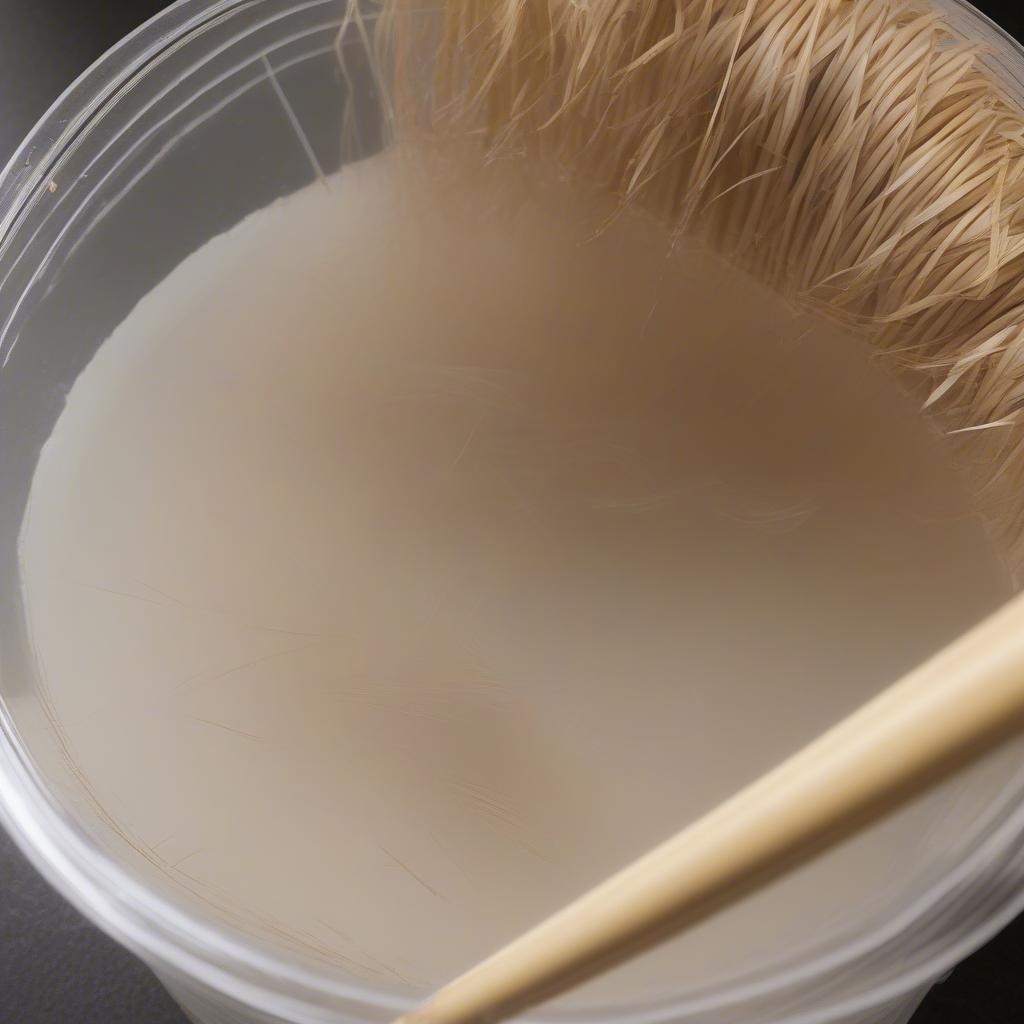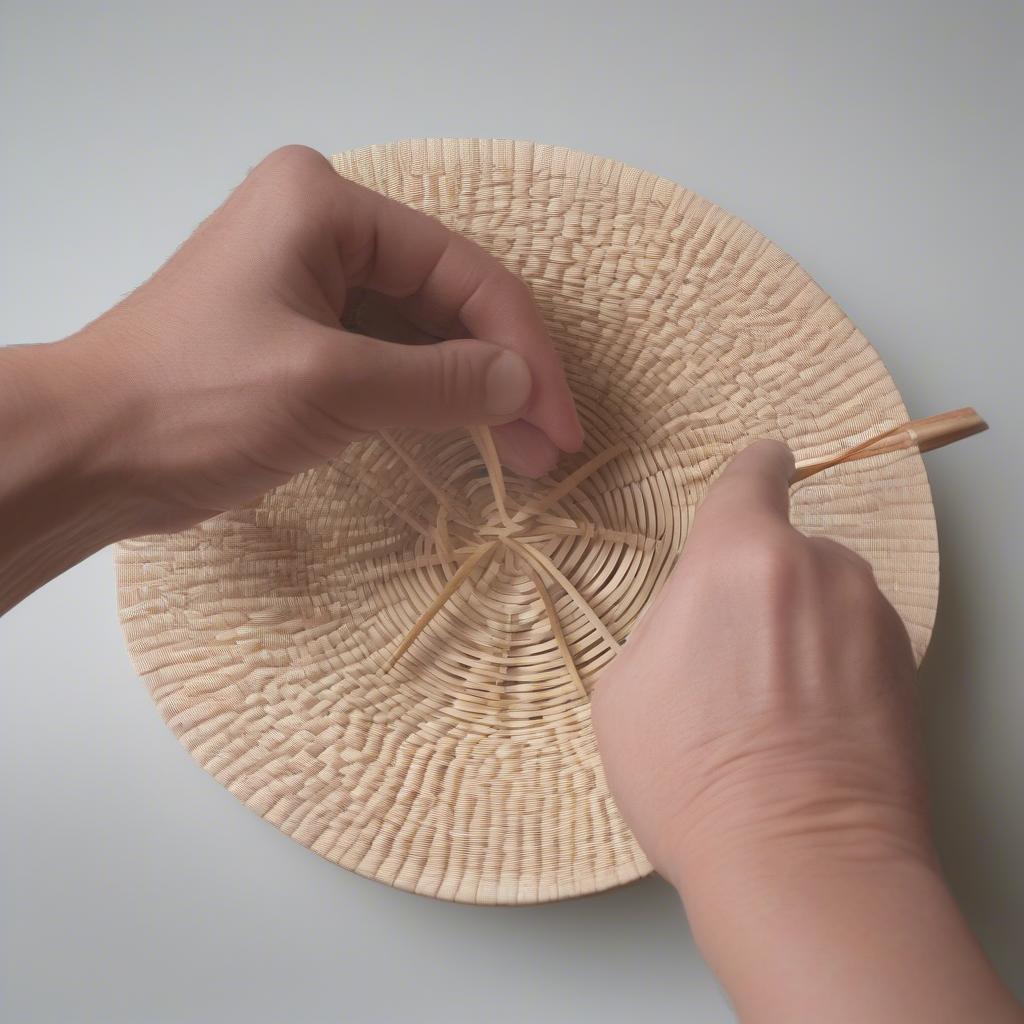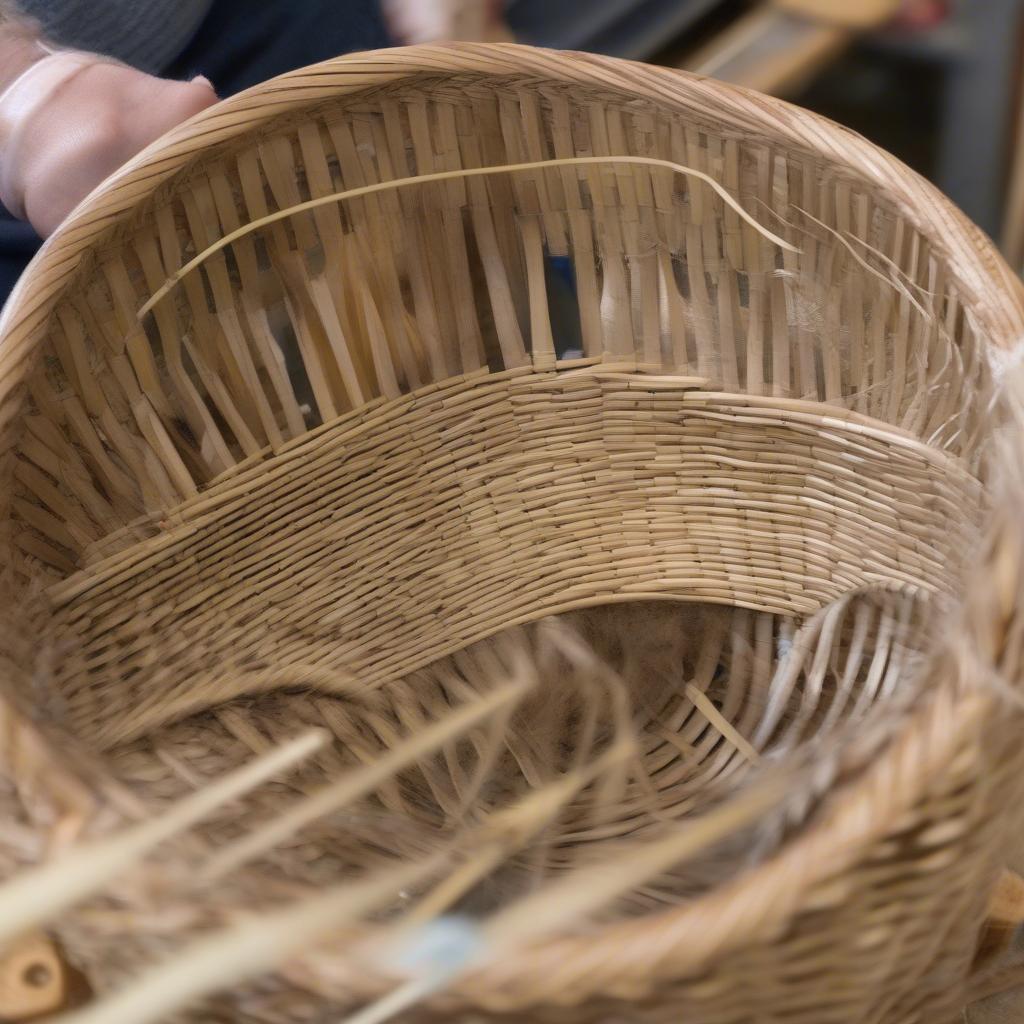Basket Weaving
How to Weave a Small Basket: A Beginner’s Guide
Learning how to weave a small basket is a rewarding craft that connects you with a rich history of handmade artistry. Whether you’re looking for a new hobby, a unique gift idea, or a functional piece for your home, weaving your own basket is a satisfying and creative endeavor. This guide will provide you with step-by-step instructions and helpful tips to create your own beautiful small woven baskets.
Gathering Your Materials for Basket Weaving
Before you begin your basket weaving journey, you’ll need to assemble the necessary materials. Choosing the right materials is crucial for both the aesthetics and durability of your finished product.
- Weaving Material: Reed, willow, and raffia are popular choices for beginners. You can even experiment with natural materials found in your backyard! For this guide, we’ll focus on reed.
- Base: A pre-made wooden base can simplify the initial stages, especially for beginners. Alternatively, you can create your own base using thicker reed or cardboard.
- Soaking Container: Soaking the reed makes it pliable and easier to work with. A large tub or sink works well.
- Scissors or Pruning Shears: Essential for trimming the reed to the desired lengths.
- Clothes Pegs or Binder Clips: Useful for holding the reed in place as you weave.
- Ruler or Tape Measure: Helpful for ensuring consistent sizing and spacing.
 Soaking Reed for Basket Weaving
Soaking Reed for Basket Weaving
Preparing the Reed for Weaving a Small Basket
Soaking the reed is a critical step. Submerge the reed in warm water for at least 30 minutes, or until it becomes flexible and easy to bend without breaking. This process ensures the reed is pliable enough for weaving and prevents it from cracking during the process. Over-soaking is better than under-soaking.
How long should you soak the reed? Generally, 30-60 minutes is sufficient. You’ll know it’s ready when it bends easily without resistance.
 Weaving the Base of the Basket
Weaving the Base of the Basket
Beginning the Weave: Creating the Base
Once your reed is pliable, you can begin weaving the base. If using a pre-made base, start by weaving the soaked reed over and under the spokes of the base, working your way around in a spiral. Maintain even tension to create a sturdy foundation for your basket. This initial stage sets the structure for the entire basket, so take your time and focus on creating a tight and even weave. A small weaved basket begins with a strong base.
Building the Sides: Upward and Onward
After completing the base, it’s time to build the sides of your basket. Gently bend the spokes upwards and continue weaving the reed around them, creating the walls of the basket. This is where you can start to experiment with different weaving patterns to add visual interest to your basket. Check out our article on sterilite small weave basket 1270 for more inspiration.
 Building the Sides of the Basket
Building the Sides of the Basket
Finishing Touches and Embellishments
Once you’ve reached your desired height, it’s time to finish the rim of your basket. There are various techniques for finishing the rim, such as folding the spokes over and tucking them in, or adding a decorative border. This is where you can personalize your basket and add your unique touch. You might consider adding a handle or embellishing with beads, ribbons, or other decorative elements. A small open weave basket can add a touch of elegance to any room, especially when enhanced with personalized touches. See our guide on small open weave basket for ideas.
Conclusion
Learning how to weave a small basket is a journey of creativity and skill development. With practice and patience, you can create beautiful and functional pieces that you’ll cherish for years to come. From choosing the right materials to mastering different weaving patterns, the process is as rewarding as the finished product. So gather your supplies, dive in, and discover the joy of basket weaving! For those interested in other woven elements in home decor, you might enjoy exploring how basket weave tile in small bathroom can add a unique design element. You can also check out walmart sterilite small garbage can basket weave for affordable storage solutions.
FAQ
- What is the best material for a beginner basket weaver? Reed is a great option for beginners because it’s readily available and easy to work with.
- How long does it take to weave a small basket? The time varies depending on the complexity of the design and your experience level, but a simple small basket can often be completed in a few hours.
- Can I use natural materials from my garden? Yes! Many natural materials like vines and grasses can be used for basket weaving.
- Where can I find basket weaving supplies? Craft stores, online retailers, and even some local markets carry basket weaving supplies.
- What are some common basket weaving patterns? Common patterns include the twining weave, the plaiting weave, and the coiling weave.
Need further assistance? Contact us at Hanoi, Vietnam or Tech Avenue, Suite 12, San Francisco, CA 94105, USA. We have a 24/7 customer support team.
